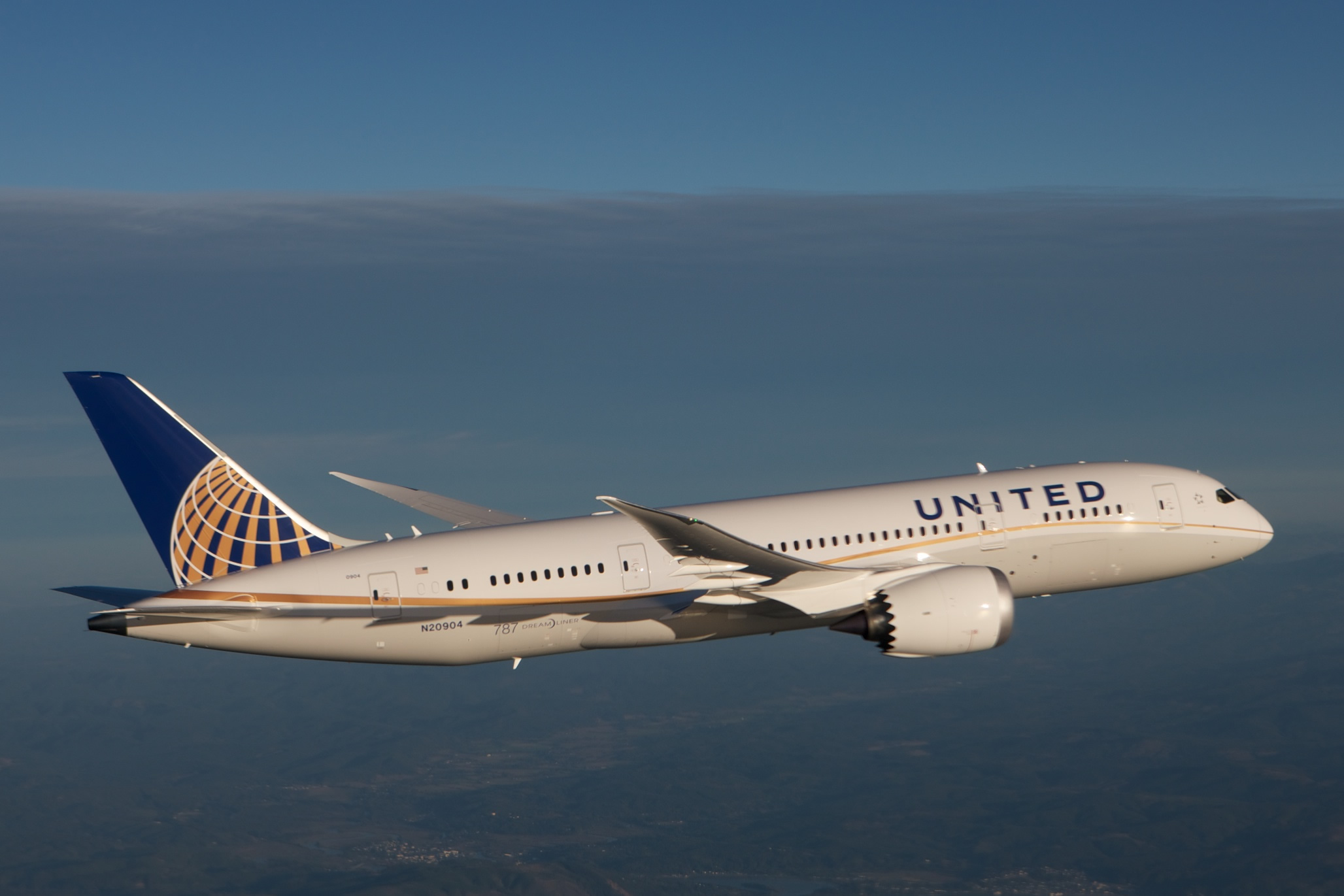By Shen Lu
United Continental Holdings Inc. on Tuesday reported a better-than-expected 1.6 percent decline in its fourth-quarter passenger unit revenue, a key metric to determine the efficiency of an airline, as its net income slipped 52 percent.
The Chicago-based airline’s fourth-quarter consolidated passenger revenue per available seat mile, or PRASM, a measure of an airline’s revenue to carry a passenger for one mile, was originally forecast to decrease 4 percent to 6 percent in the quarter. But strong holiday bookings and yields improved the airline’s performance in November and December, which the airline pre-announced on Jan. 10 .
Earnings for the fourth quarter ended Dec. 31, totaled $397 million, or $1.26 per diluted share, down from $823 million, or $2.24 per diluted share, in the prior year period. Excluding certain items, United had earnings of $1.78 per diluted share, exceeding the analysts’ estimate of $1.75 per diluted share, according to Bloomberg.
Revenue ticked up 0.2 percent to $9.05 billion from $9.04 billion.
“We saw meaningful improvement in the pricing and demand environment in the quarter,” said President Scott Kirby, in a press release. “Looking forward, we anticipate first-quarter consolidated unit revenues to be approximately flat, marking the fourth straight quarter of sequential quarter-over-quarter improvement.”
Fourth-quarter consolidated cost per available seat mile, or CASM, a measure of how much it costs an airline to carry a passenger for one mile, excluding special charges, third-party business expenses, fuel and profit sharing, increased 4.1 percent due primarily to the impact of new labor agreements signed in the quarter, Chief Financial Officer Andrew Levy said in a Wednesday conference call with analysts.

Analysts said the carrier is moving in the right direction on key metrics.
“We’re encouraged by the recent evolution in PRASM,” Chris Higgins, an analyst with the Chicago-based Morningstar Inc., said in a phone interview, “It’s falling; but falling less.”
The No.3 U.S. airline by passenger traffic has long faced pressure from relatively low profitability compared to other legacy airlines. Trade publication Air Weekly ranked the carrier the least profitable U.S.-based carriers in a study published on Jan.9.
The carrier’s fourth quarter operating margin was 11.1 percent, compared to 12 percent a year ago.
The company said in the conference call that United’s focus in 2017 is to improve its margins and that the airline is on track to boost profit by $4.8 billion by 2020, a goal announced on its investor day last November.
“I have great confidence we will achieve our cost efficiency targets outlined at our investor day as we look to offset rising fuel and labor costs,” Levy said in a press release.
United said it will trim its management employees as an ongoing effort to expand its margins and a part of its larger restructuring program.
“Our structure has to follow our strategy,” CEO Oscar Munoz said in the conference call.
Higgins said in his research note that he believed United can close some of its margin gap with industry leader Delta Air Lines Inc., albeit not without challenges, which will come from higher labor and fuel costs in 2017.
United forecasts that non-fuel unit costs in the first quarter will increase 4.5 percent to 5.5 percent, primarily driven by labor agreements signed last year, while PRASM will either decline or increase 1 percent.
“It’s a tough start for United this year compared to last year,” Higgins said, adding that he expects the pressure will ease up in the second quarter.
Higgins projects that United will reach positive revenue growth by the second quarter when PRASM will likely move up as the airlines grows its capacity.
The carrier will roll out its low-cost basic economy program in Minneapolis later in the current quarter and eventually expand it domestically, Kirby said in the conference call.
The carrier said net income for all of 2016 fell 69 percent to $2.26 billion, or $6.85 per diluted share, from $7.34 billion, or $19.47 per diluted share, in 2015. Revenue for the full year fell 3.5 percent to $36.56 billion from $37.86 billion.
United stock closed at $74 Wednesday, up 26 cents from Tuesday’s close.


